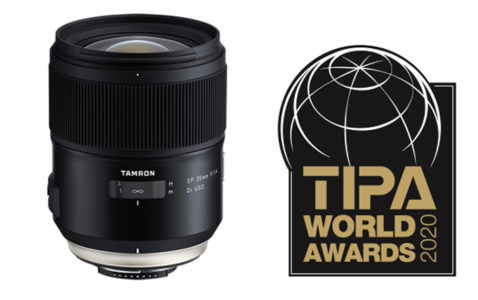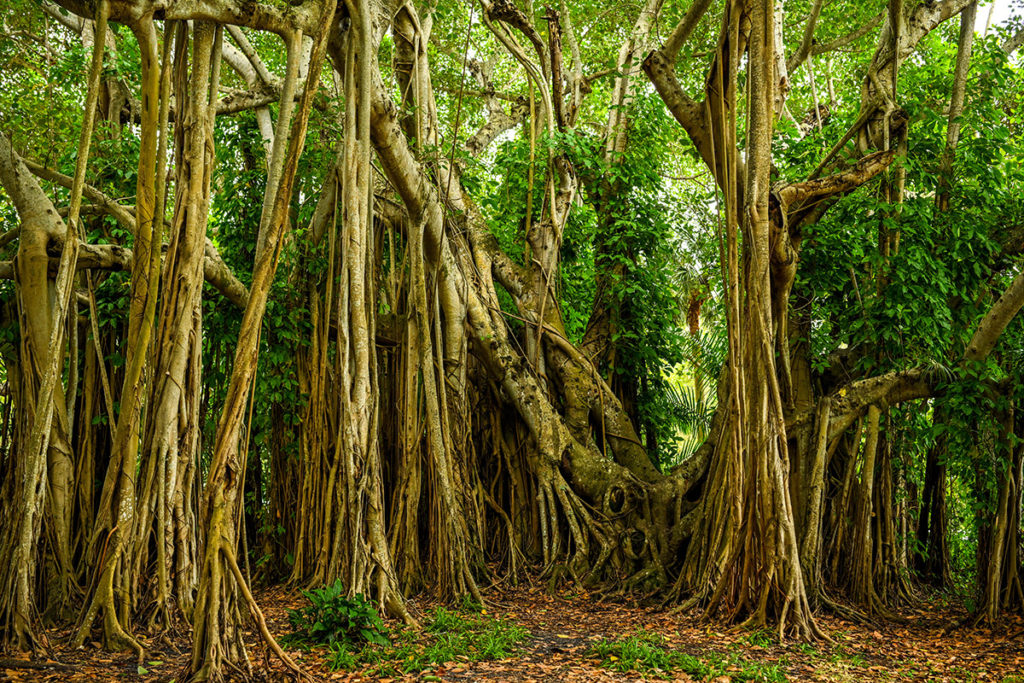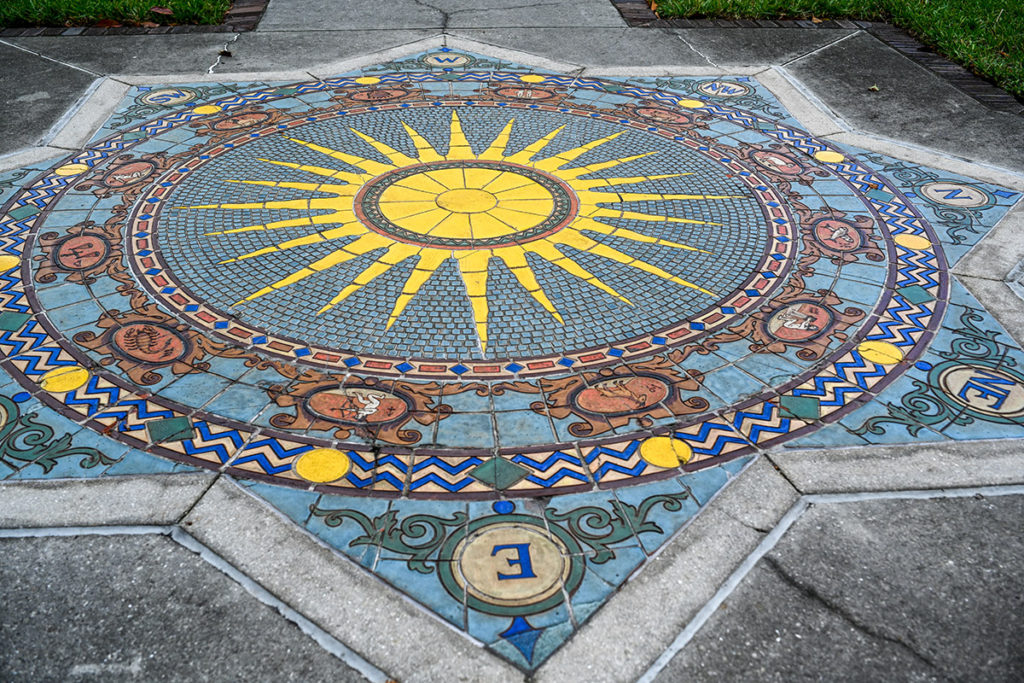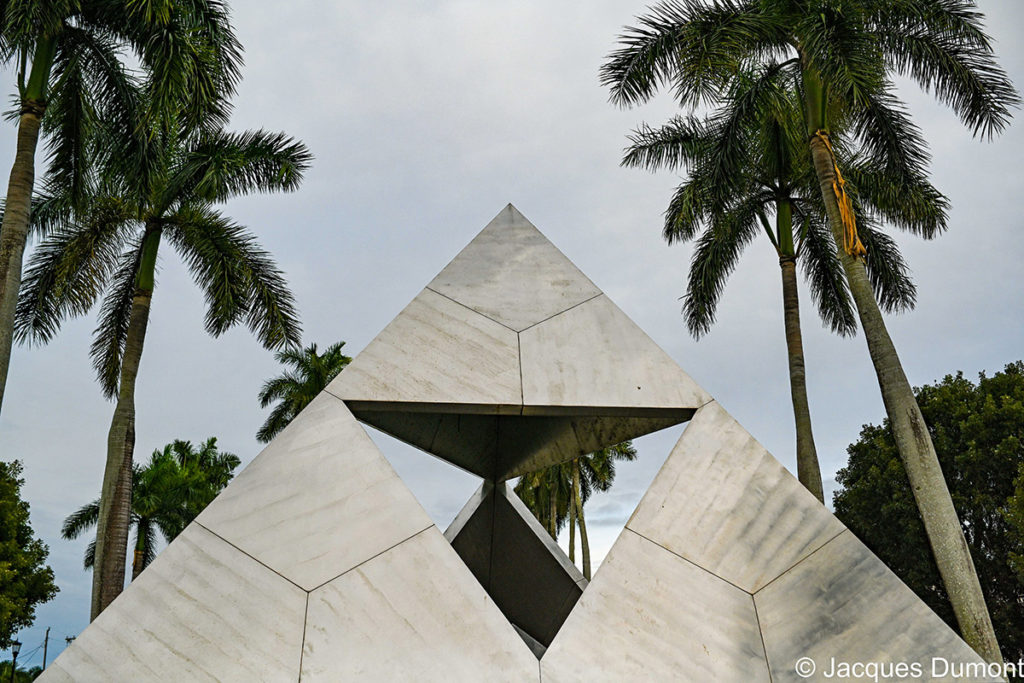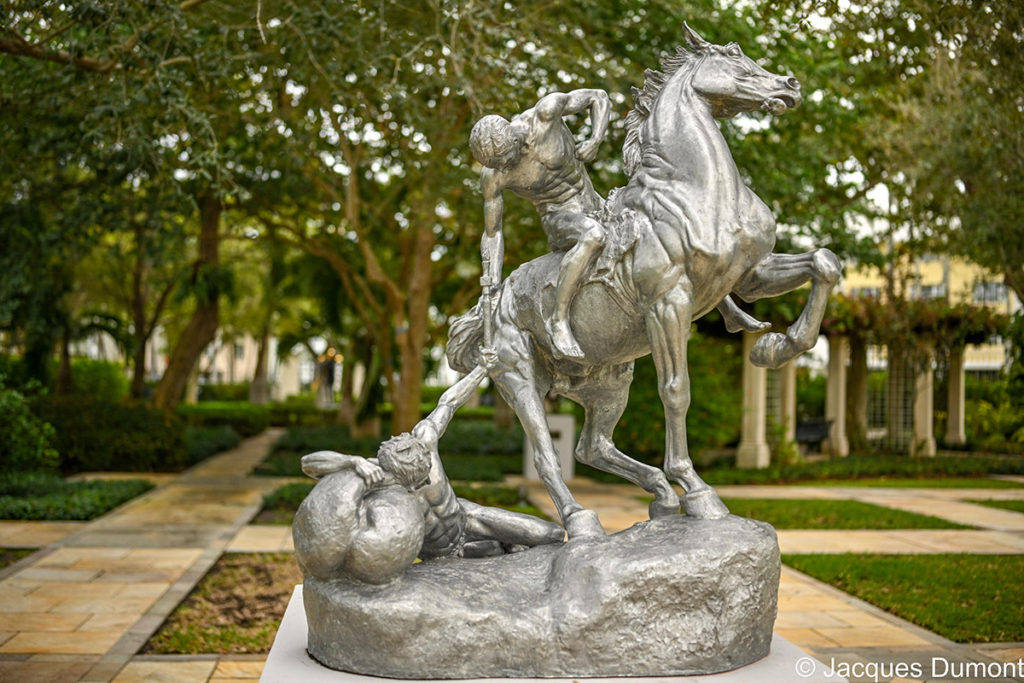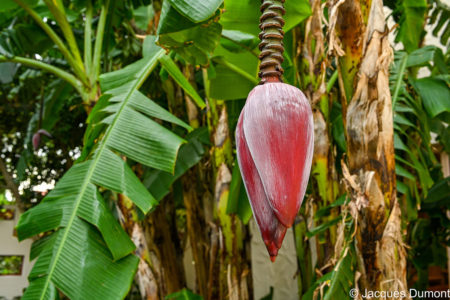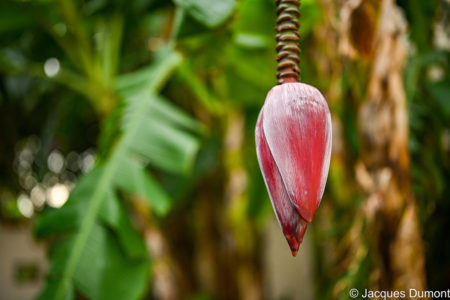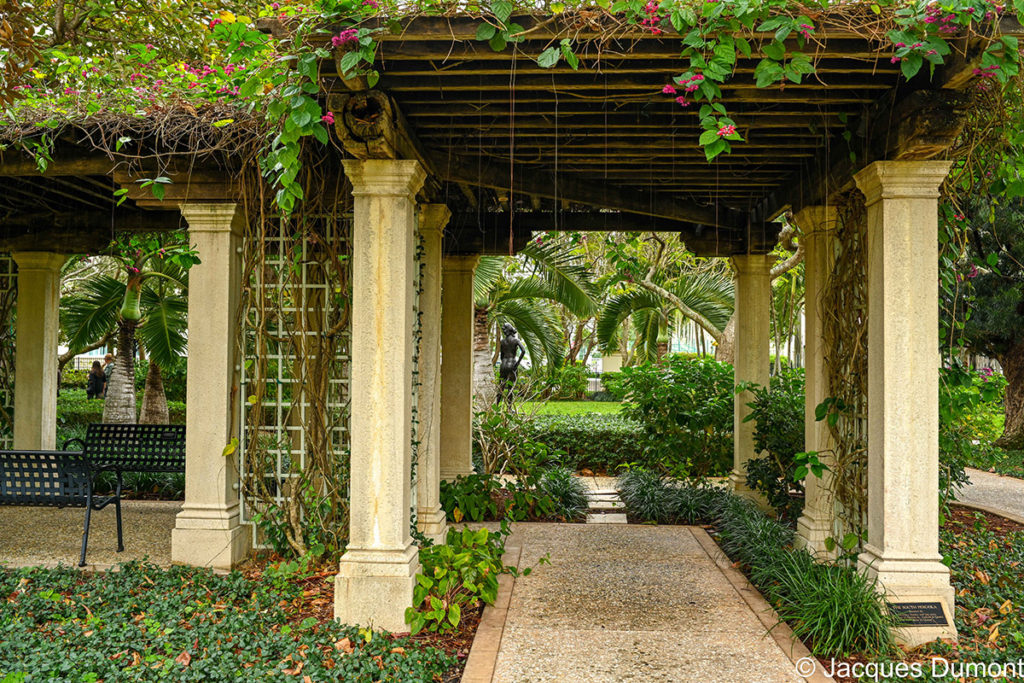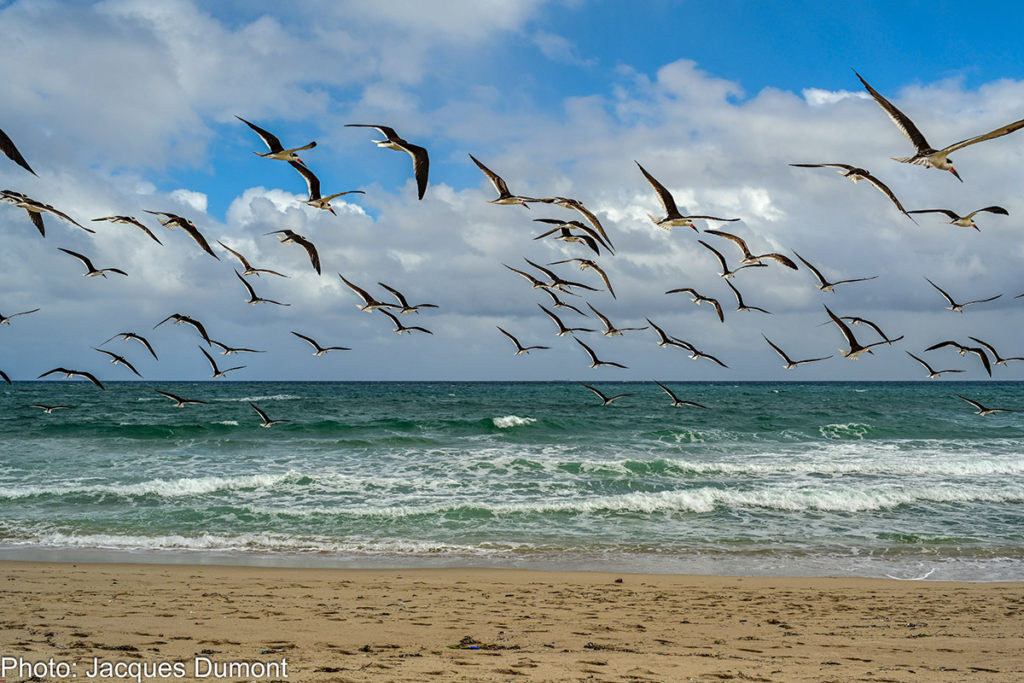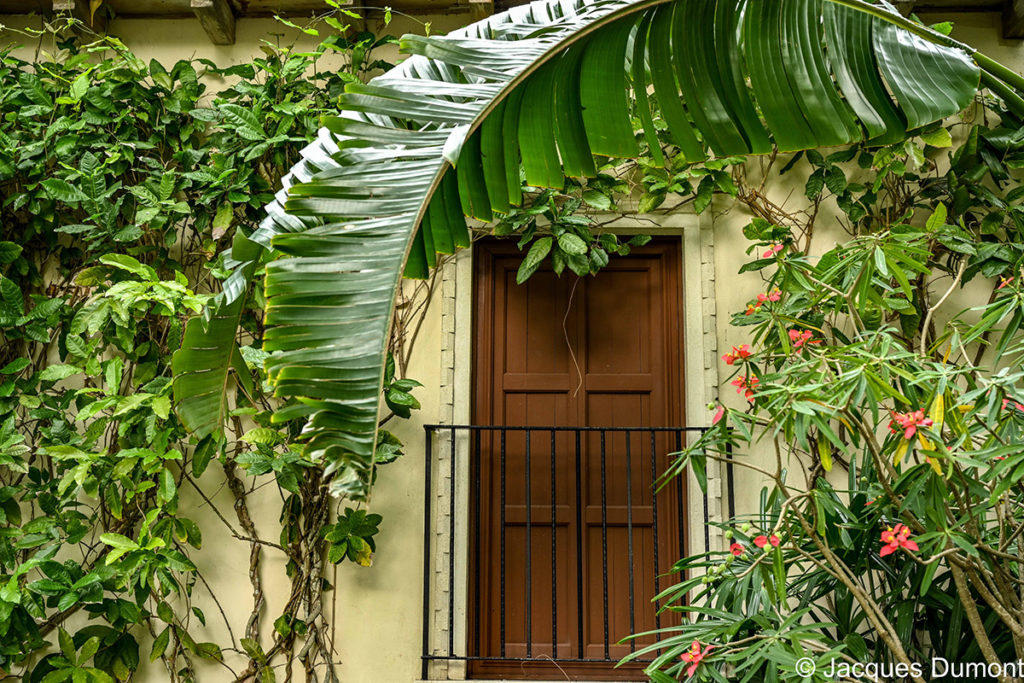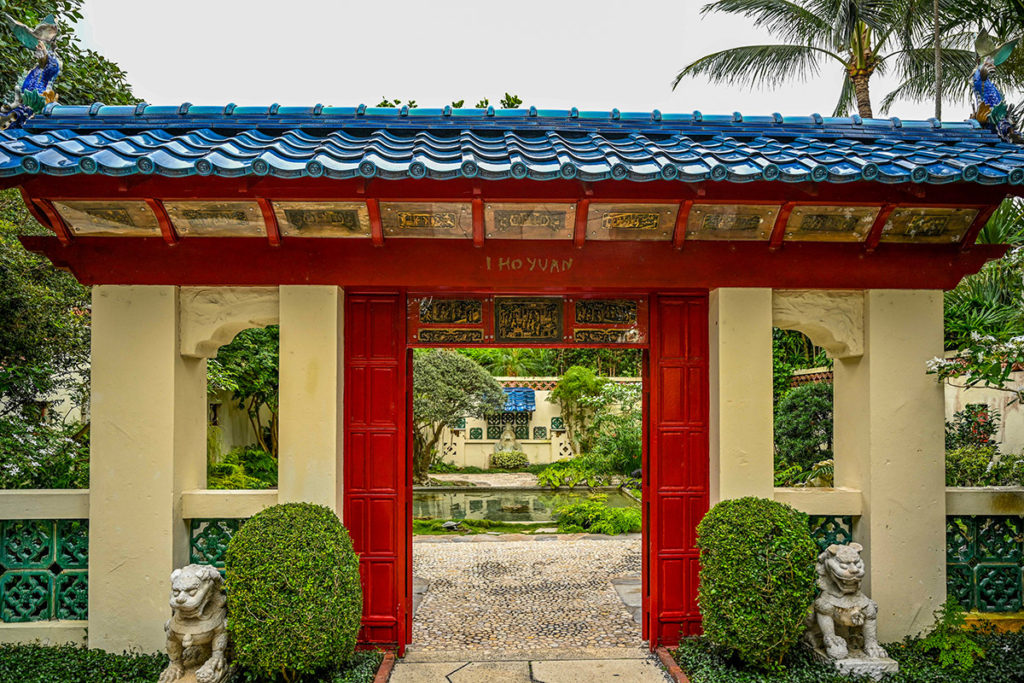A few weeks ago, at the TIPA World Awards Ceremony 2020, the Tamron 35mm f/1.4 was named “the Best DSLR Prime Lens, 2020”.
“As fast lenses become increasingly popular, Tamron has responded with products that overcome classic design challenges such as chromatic aberration and flare. This includes a “dense” arrangement of elements and groups, use of glass-moulded aspherical lens elements, and a newly developed BBAR-G2 coating that renders subject detail and stunning contrast even under backlit conditions. In addition, a new Dynamic Rolling-cam mechanism operates the focusing unit of the f/1.4 lens with high-speed accuracy.”
The Ringling Museum, Sarasota, Florida. Nikon Z7, FTZ adaptor, Tamron 35mm f/1.4, 1/60 second, f/2.8 ISO 640.
I had the opportunity to challenge the limits of my photo creativity by using Tamron’s new 35mm f/1.4 lens on a recent trip to Florida.
A very versatile lens, the 35mm f/1.4 is ideal for landscapes, studio assignments, street photography, weddings, and much more. In addition to allowing you to frame scenes a little wider than a “normal” field of view, you have more space in the image to include peripheral elements that may be of interest. The perspective effect of a wide-angle lens tends to make different planes of the same image appear more distant from each other than they are in reality – in contrast to telephoto lenses that tend to “tighten” subjects in a single plane.
Sculpture – The Ringling Museum, Sarasota, Florida. Nikon Z7, FTZ adaptor, Tamron 35mm f/1.4, 1/640 second, f/1.4, ISO 640.
Since I didn’t have the ease of using a zoom lens, I had to take a bit more time and devote more thought to framing my compositions. Moving forward or backwards in order to fully capture the essence of the photos I was taking, I began to enjoy the photographic process more and more. Shooting with a superb fixed focal length lens was a challenge that I enjoyed very much.
The Ringling Museum, Sarasota, Florida. Nikon Z7, FTZ adaptor, Tamron 35mm f/1.4, 1/1250 second, f/4, ISO 250.
The impact on perspective is not intrinsically due to the focal length of the lens – it varies with the distance from the object photographed.
If you want to photograph a subject in its environment without completely isolating it, simply step back to encompass various elements in your composition – the décor, the scene, and the additional details that will allow the viewers to place the subject in its context. With a wide-angle lens you are at the heart of the action. The 35mm focal length requires the photographer to approach the subject so that it is highlighted in the composition.
The Philip Hulitar Sculpture Garden, Palm Beach Florida. Nikon Z7, FTZ adaptor, Tamron 35mm f/1.4, 1/5000 second, f/3.5 ISO 500
The Tamron 35mm f/1.4 is a very fast lens, allowing you to work in relatively low light environments without using a flash. The unrivalled depth of field allows you to isolate your subject thanks to the wide maximum aperture of f/1.4, and the bokeh – the out-of-focus effect that helps separate the subject from the background, is smooth and visually spectacular.
The Philip Hulitar Sculpture Garden, Palm Beach, Florida. Nikon Z7, FTZ adaptor, Tamron 35mm f/1.4, 1/1000 second, f/1.4 ISO 250.
The Philip Hulitar Sculpture Garden, Palm Beach Florida. Nikon Z7, FTZ adaptor, Tamron 35mm f/1.4, 1/30 second., f/6.3, ISO 250
Wynwood Walls: Graffiti and Street Art, Florida. Nikon Z7, FTZ adaptor, Tamron 35mm f/1.4, 1/60 second, f/10, ISO 125.
Birds, Pompano Beach, Florida. Nikon Z7, FTZ adaptor, Tamron 35mm f/1.4, 1/250 second, f/8, ISO 320.
The Philip Hulitar Sculpture Garden, Palm Beach, Nikon Z7, FTZ adaptor, Tamron 35mm f/1.4, 1/25 second, f/6.3, ISO 250.
The Philip Hulitar Sculpture Garden, Palm Beach, Nikon Z7, FTZ adaptor, Tamron 35mf/1.4, 1/800 second, f/2.8, ISO 250.
By Jacques Dumont



